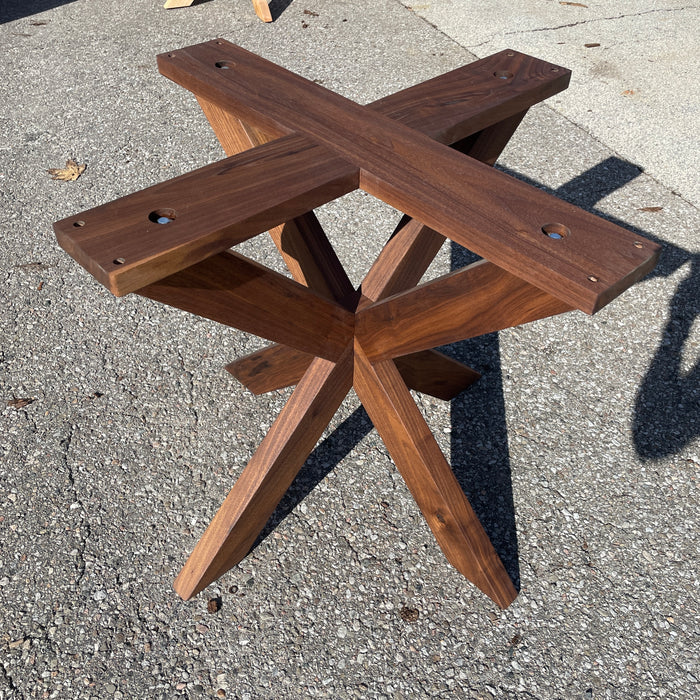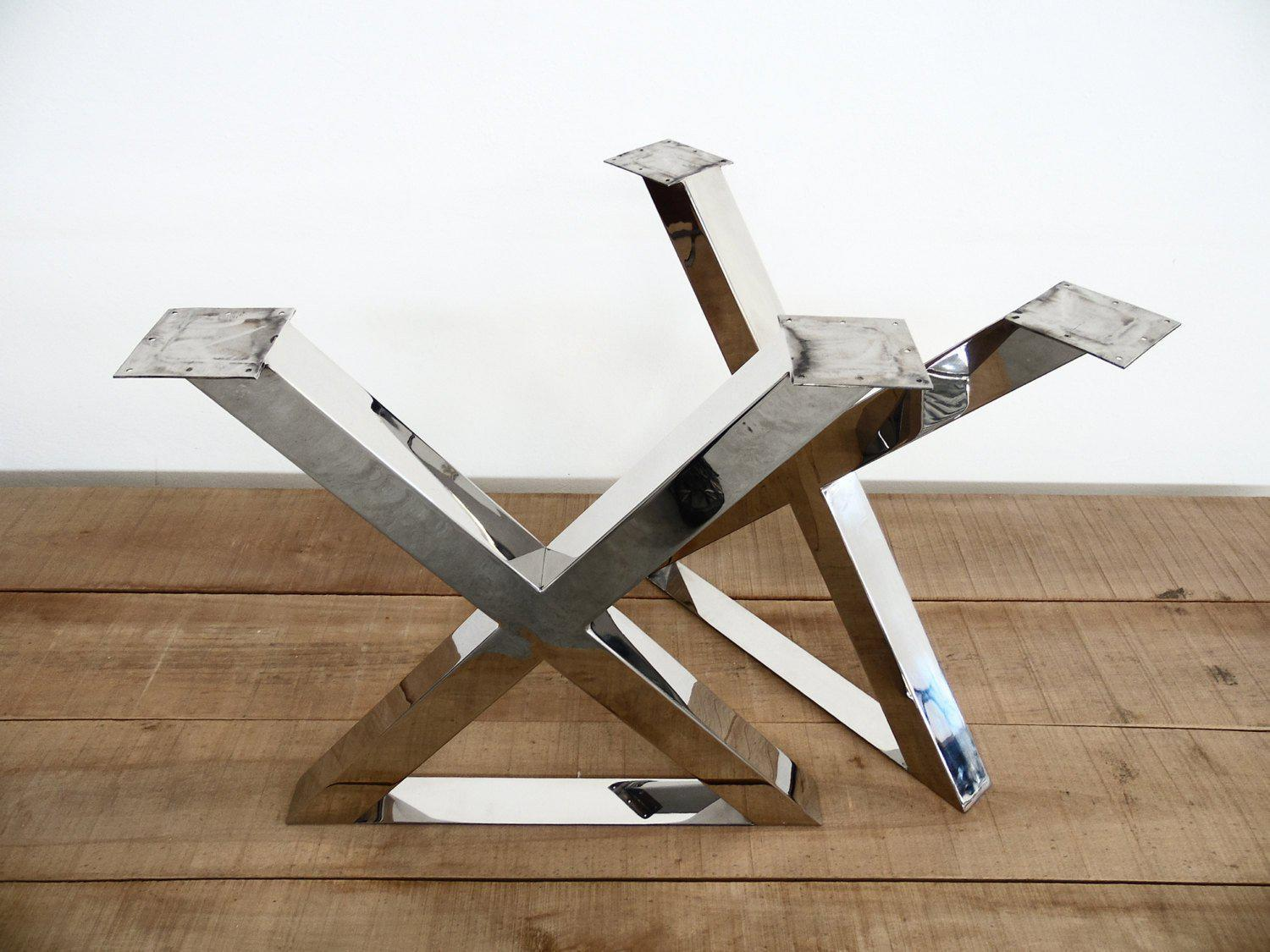Attain an Advanced Look with Costs Dining Table Legs Wood Options
Attain an Advanced Look with Costs Dining Table Legs Wood Options
Blog Article
Key Variables to Bear In Mind for Eating Table Legs Wood Choices
When selecting wood for eating table legs, a number of vital factors necessitate cautious consideration to make sure both performance and visual charm. The choice of wood kind, characterized by its durability and one-of-a-kind grain patterns, plays a critical duty in the general design and durability of the item. Furthermore, one must consider upkeep demands and the ecological implications of sourcing products. As these components intertwine, they substantially influence the last end result of your table. Nonetheless, understanding the subtleties of each factor can be complex, bring about essential choices that merit further expedition.
Timber Kind and Features
When selecting timber for eating table legs, it is important to comprehend the special features of numerous timber kinds. Various timbers use distinctive benefits and negative aspects, affecting both the durability and visual allure of the ended up item.
Oak, recognized for its remarkable toughness, likewise features a noticeable grain that can add personality to the table. Cherry wood, with its rich shade that strengthens over time, provides a lavish look but might require even more maintenance to protect against scratches.
On the various other hand, softwoods like ache and fir are much more cost effective and simpler to collaborate with, yet they are less sturdy than hardwoods. Pine is light-weight and features a cozy, rustic appearance, making it a popular choice for informal dining settings. It is extra vulnerable to scrapes and damages.
Understanding these features will assist in making a notified decision to ensure the legs of the table meet both visual and useful needs.
Grain Patterns and Aesthetic Appeal
The wood's grain is not simply a visual quality; it imparts a special character and appeal to each item. Various wood types display distinct grain patterns, ranging from the straight lines of maple to the elaborate swirls of oak and the striking figure of walnut.
Moreover, the orientation and scale of the grain can affect the viewed dimension and beauty of the table. For example, larger, extra obvious grains might provide a strong, dramatic effect, while finer, subtler grains can develop a fine-tuned, downplayed look. Furthermore, the finishing procedure can additionally enhance these patterns, emphasizing the all-natural charm of the wood and highlighting rich shades.
Ultimately, the selection of grain pattern must harmonize with various other style elements, such as the table top and surrounding furnishings, making sure a cohesive visual that raises the eating experience. Thoughtful selection of timber grain not only adds to the table's charm but additionally reflects the proprietor's taste and style.
Sturdiness and Toughness
The resilience and strength of dining table legs are critical factors to consider for guaranteeing long life and security in any kind of dining space. Selecting the appropriate timber is crucial, as various species exhibit differing levels of strength.

Eventually, purchasing high-quality timber and robust construction approaches will certainly generate a table that stands the examination of time, while supplying a reputable foundation for plenty of meals shared amongst friends and family. Prioritizing longevity and strength makes sure that your dining table continues to be practical and aesthetically pleasing for several years to find.
Upkeep and Treatment
Appropriate maintenance and care are essential for preserving the resilience and strength of dining table legs made from timber. Normal cleaning is necessary; making use of a soft, wet towel ensures that dirt and particles do not gather, which can result in scratches and dullness. It is recommended to avoid extreme chemicals or rough products that can harm the finish.
Additionally, using a suitable wood polish or wax regularly can assist keep the luster and protect the wood from wetness and spills. Nonetheless, it is vital to adhere to the supplier's referrals regarding the kind of item to make use of, as particular coatings might respond view website adversely to certain chemicals.
Moisture and temperature level variations can additionally impact wood table legs, creating them to warp or crack. It's ideal to place the table away from straight sunlight and warmth resources. If the table legs have any dents or scrapes, dealing with these without delay can avoid additional damage.
Lastly, occasionally evaluating the joints and screws for rigidity is necessary to preserve architectural stability (Dining Table Legs Wood). By adhering to these maintenance methods, property owners can guarantee their wood dining table legs continue to be attractive and practical for several years to come
Environmental Considerations
When picking wood for eating table legs, it's important to take environmental factors to consider right into account. The sourcing and sustainability of wood are critical in minimizing eco-friendly impact. Choosing for wood from licensed sources, such as those endorsed by the Forest Stewardship Council (FSC), makes sure that the lumber is collected responsibly, promoting forest preservation and biodiversity.

Furthermore, local sourcing of timber minimizes transportation emissions, sustaining local economic situations while Discover More minimizing ecological influence. It is additionally suggested to be aware of the timber's treatment and ending up procedures, as specific chemicals can be damaging to both human health and wellness and the atmosphere. By prioritizing lasting wood choices, customers can contribute to environmental conservation while appreciating the durability and charm of their dining table legs.
Conclusion
In final thought, picking wood for dining table legs demands cautious consideration of numerous aspects, consisting of wood types, grain patterns, and sturdiness. Upkeep demands and environmental sustainability more impact timber selections, highlighting the value of sourcing from accredited or redeemed products.
When choosing wood for eating table legs, a number of essential factors warrant cautious factor to consider to make sure both functionality and aesthetic allure.Appropriate upkeep and treatment are crucial for maintaining the durability and stamina of dining table legs made from timber.When choosing wood for eating table legs, it's essential to take ecological considerations into account. By focusing on lasting wood choices, customers can add to environmental preservation while appreciating the sturdiness and charm of their eating table legs.
In verdict, selecting timber for eating table legs requires mindful factor to consider of different aspects, consisting of timber types, grain patterns, and durability. Dining Table Legs Wood.
Report this page